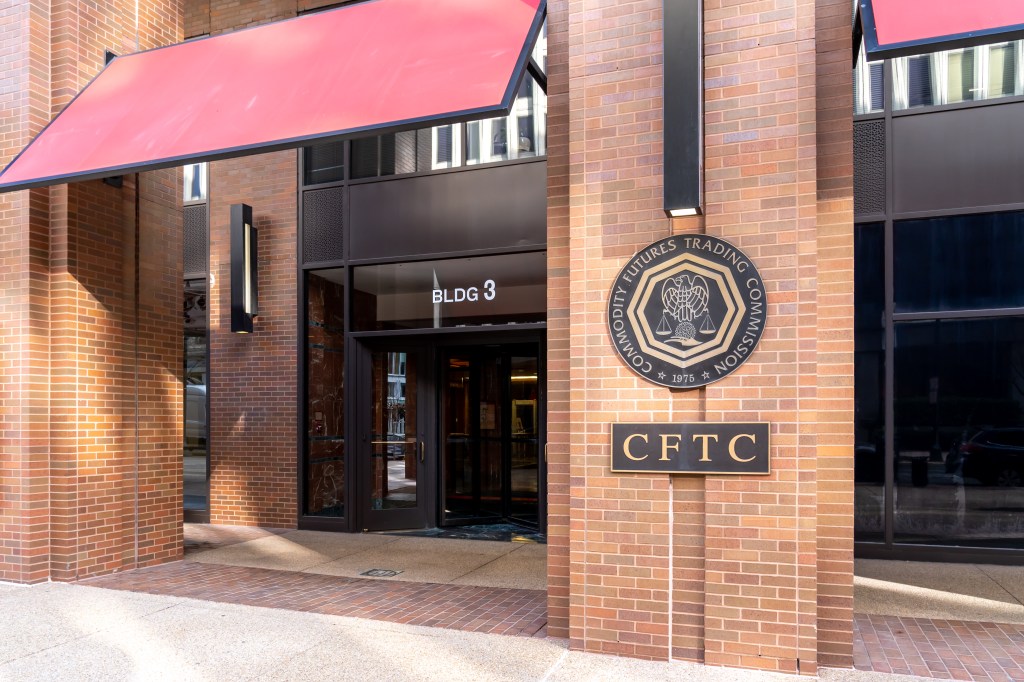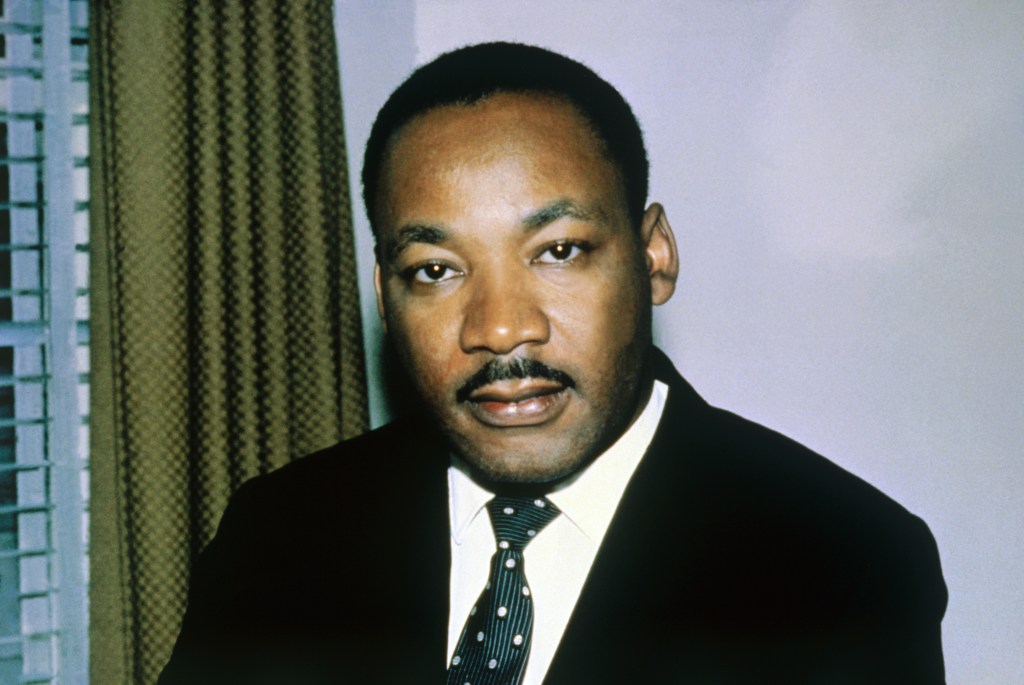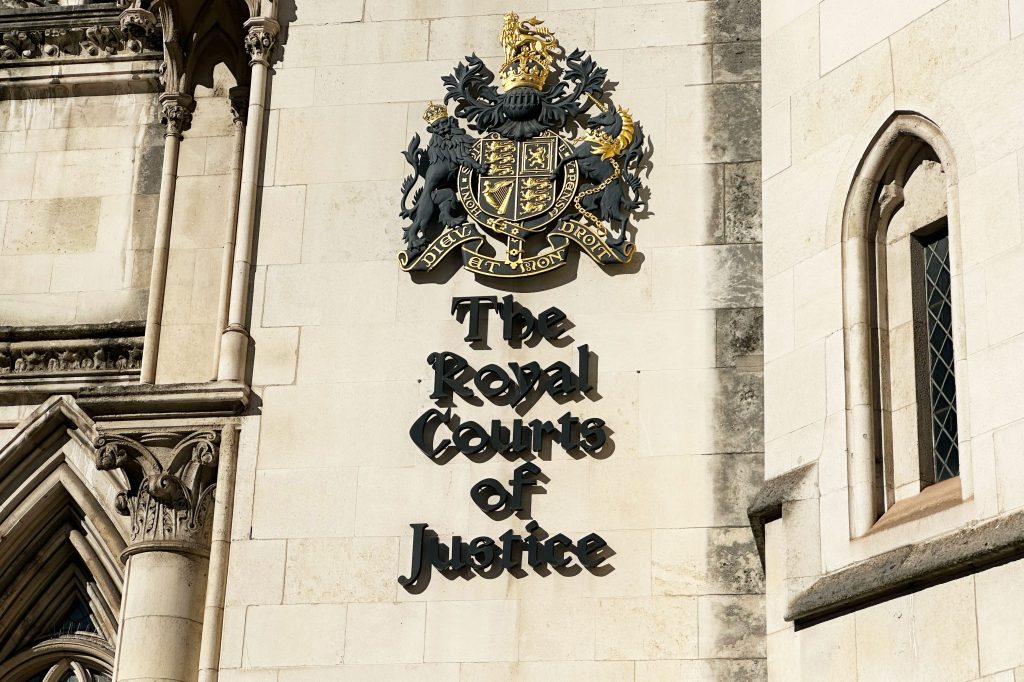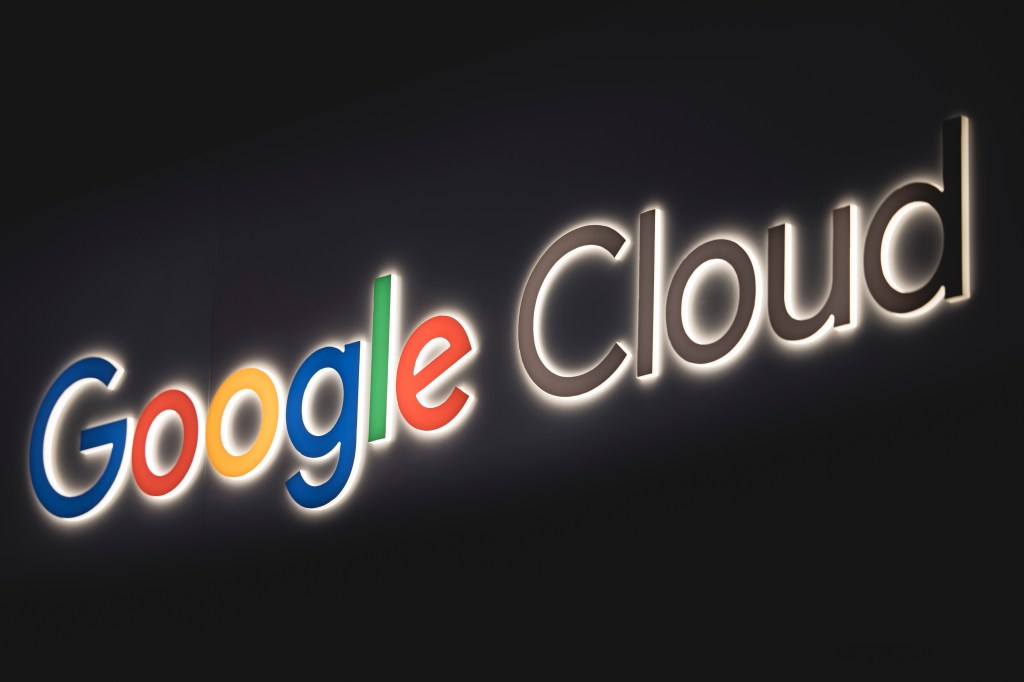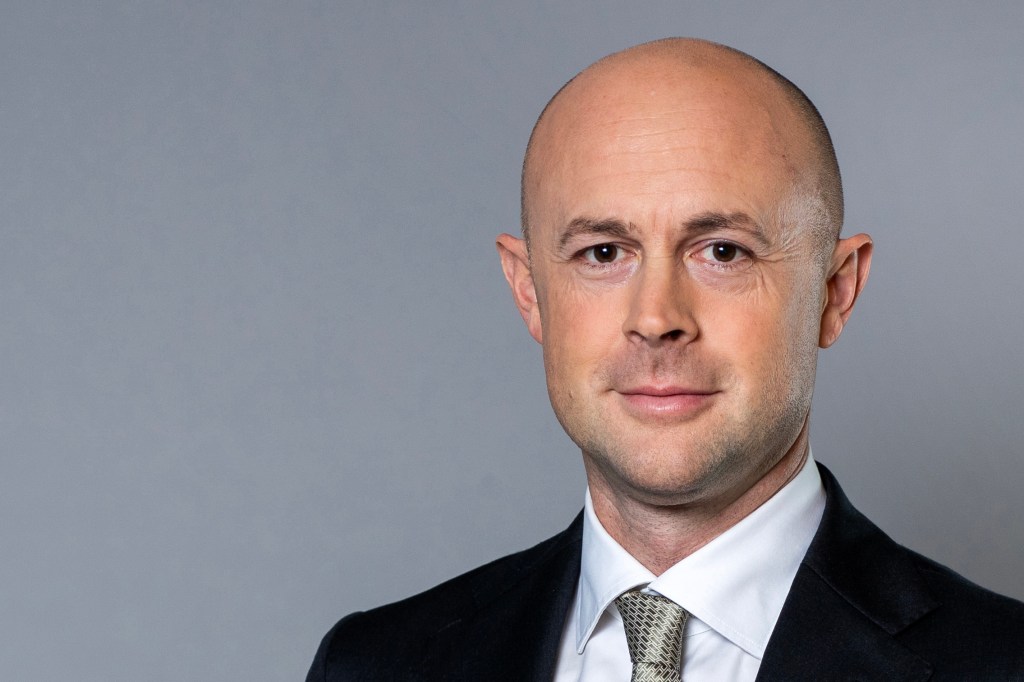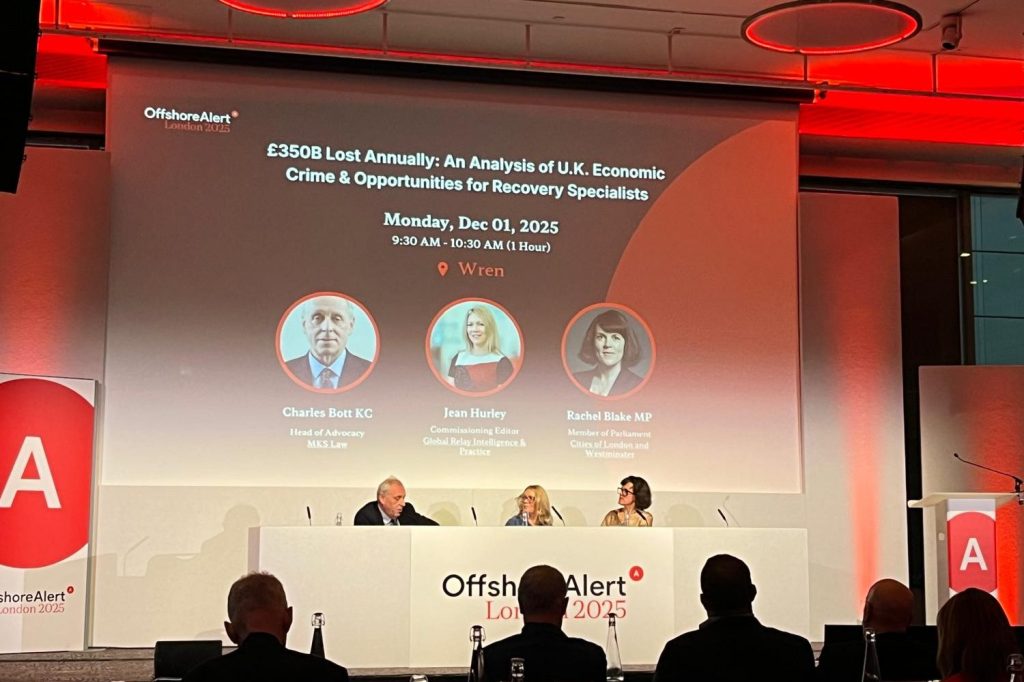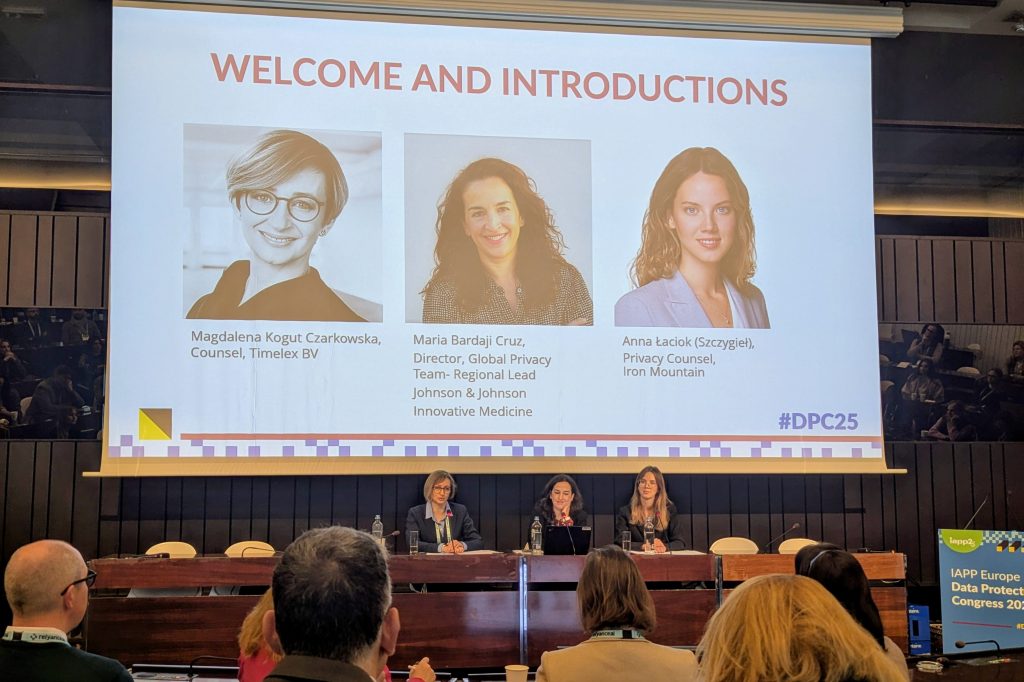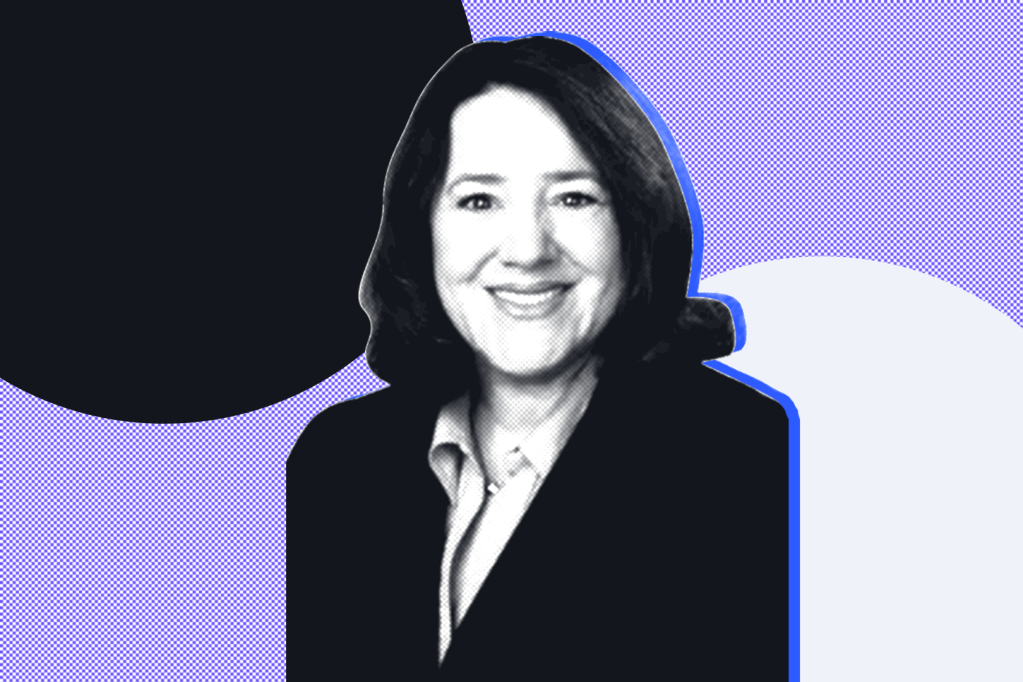This is a transcript of a podcast featuring Marianne Fogarty, former CCO at Twitter, on building a compliance program in a conversation with GRIP’s US Content Manager Julie DiMauro on February 16, 2024.
[INTRO]
Julie DiMauro: Hello everyone, and welcome to a podcast offered by Global Relay Intelligence and Practice, or GRIP
Register for free to keep reading.
To continue reading this article and unlock full access to GRIP, register now. You’ll enjoy free access to all content until our subscription service launches in early 2026.
- Unlimited access to industry insights
- Stay on top of key rules and regulatory changes with our Rules Navigator
- Ad-free experience with no distractions
- Regular podcasts from trusted external experts
- Fresh compliance and regulatory content every day





